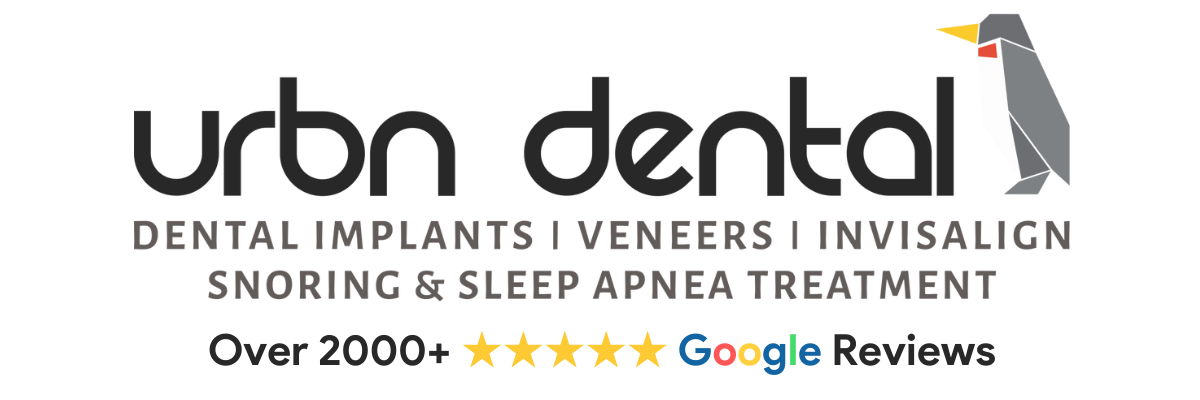What are the Benefits of a Digital Dental X Ray?
Digital dental x ray require very little radiation for capturing an image. Therefore, they are much safer than conventional film dental x-rays. At URBN Dental, your health is our priority, which is why we use digital x-rays on our patients! If you would like to learn more about digital x-rays, give us a call at (346) 570-0826 or book online today! We offer FREE insurance verification.
Digital X-rays
Radiographs, also known as x-ray images, are an essential diagnostic tool for all types of dental procedures. Taking x-rays is an important adjunct during a comprehensive exam because they help dentists visualize the inner layers of the teeth and bone that are not visible to the naked eye. X-rays play an important role in early and accurate diagnosis for tooth decay and are therefore essential for creating an ideal treatment plan for each patient.

What are Digital Dental X-rays?
In the past, X-ray images were recorded by directing a beam of x-rays toward the teeth and other oral structures like gums and jawbones. The relative absorbance of these x-rays is then recorded by x-ray sensitive films. This process was not only time-consuming but the results also varied and dependent on the operator’s skill and technique. Advancements in dentistry led to the birth of digital x-rays which are much more efficient and effective in capturing radiographs. Instead of using a radiographic film, digital x-rays use a very small digital x-ray sensor which is placed inside the oral cavity. The image recorded from the digital sensors is then immediately displayed on the screen.
What are the Uses of Digital Dental X-rays?
Digital x-rays provide a much better image quality than conventional film, which is why most dentists have chosen to include digital dental x rays as part of their diagnostic tools in the office. Below is a detailed list of the uses of digital dental x rays:
- Diagnosing Teeth Cavities – While some teeth cavities, also known as caries, are visible during a clinical exam, most caries lesions develop inside deeper areas of the enamel or in between the teeth which are not visible to the naked eye. In these cases, digital dental x rays are very useful for diagnosing teeth cavities. Tooth decay appear as shadows or dark areas inside the tooth on x-rays, which implies a loss of tooth structure due to loss of minerals from the decay.
- Visualize the Status of Developing Teeth – Digital x-ray images provide the dentist a clear view of the status of the eruption of the permanent teeth. They also provide information regarding which teeth have become impacted and are unable to erupt into normal occlusion. These are useful information to properly refer patients out to orthodontics to correct malocclusion at an early stage.

At URBN Dental, we care about you which is why we use low radiation Xrays on all of our patients.
- Diagnosing Periodontal Problems – Periodontal infections are characterized by the loss of bone tissue around the teeth. The current level of the bone surrounding the teeth can be easily visualized on a digital x-ray. The bone and teeth appear lighter while the soft tissues tend to appear darker on an x-ray image.
- Diagnosing Dental Infections – The extent and severity of infection around the roots of the teeth, known as a periapical infection, can be diagnosed with the help of a digital x-ray. In addition, digital x-ray images are also used during a root canal treatment procedure for evaluating and estimating the length and number of roots of a tooth. Dental X rays are also used for the diagnosis of swelling or cysts around the teeth.
- Treatment Planning – Because digital dental x rays are useful in diagnosing cavities, infections and periodontal status, radiographs are essential in creating ideal and accurate treatment plans to address each patient’s dental needs.
What are the Different Types of Digital X-rays?
Dentists use different types of x-ray images for diagnosis and treatment planning:
- Periapical X-Ray – Periapical X-Ray provides an image of the entire tooth, including the crown down to its roots. Periapical x rays help diagnose teeth cavities, periodontal issues, and infections. A periapical x rays is a type of dental x-ray that is taken from the side of the mouth to get a clear image of the tooth roots and the surrounding bone.
- Bitewing X-rays –Bitewing X-rays provide an image of the biting surfaces of both upper and lower teeth. This radiographic image helps detect cavities, especially ones forming between the teeth, and the integrity and fit of existing crowns and fillings. Bitewing X rays are taken by placing the X-ray film between the teeth and taking an X-ray of the teeth. Bitewing X rays can also be used to detect problems with the jawbone.
- Occlusal View – The occlusal view provides an image of the floor of the mouth, which is primarily used for visualizing the status of development of primary teeth in infants and toddlers.
- Panoramic View – This is an extraoral image of the face and neck region. This image provides a view of the sinuses, teeth, jaws and their joints, and the nasal area. This image is highly useful for getting an good overall picture of one’s dentition, its roots and the surrounding bone.
- Cephalogram – This x-ray shows an image of the soft and hard tissues present in the neck region and is primarily used for preparing a treatment plan for patients with orthodontic problems.

We use the most advanced dental technology at URBN Dental.

What Happens When You Don’t Take Digital X-rays?
Digital x-rays provide detailed information regarding the status of your teeth, gums and jawbones. Tooth decay or infections that are not be visible during a clinical exam can be easily detected from a radiograph image. If x-rays are not consistently taken at your regular dental visits, your dentist may not be able to diagnose cavities or periodontal problems at their early stages and therefore you would be at risk for more aggressive treatment once it’s detected at its later stages at which they would appear obvious to the naked eye. Larger decay can become more serious because they could lead to more aggressive and complex treatment, which may lead to more expensive fees and poorer prognosis for the tooth.
Digital x-rays are ideal for your patients because they offer less radiation and little to no wait time!
The following are some of the prime issues that can come up if you neglect digital x-rays:
- Dental Cavities: These are permanent damages on the hard surface of your teeth. Over time, these damages turn into holes or gaps, which leads to tooth decay. The holes also become breeding grounds for bacteria, which, in turn, leads to a number of gum infections. If cavities are allowed to persist, they can spread to deeper layers of the teeth, eventually causing severe toothache or even tooth loss.
- Gum Diseases: Without dental x-rays, the dentist can’t identify the presence of bacterial infections and cavities. Consequently, the bacteria spread to your teeth and gums, leading to diseases like gingivitis and periodontitis. These diseases initially cause bad breath and then eventually they rot your teeth and gums.
- Tooth Loss: If you don’t treat the aforementioned diseases and problems — amongst a host of other issues that may also be detected by an x-ray — then you risk eventually losing your teeth as the decay and infection spreads too deep.
As such, you should remain safe and go for regular digital x-rays to ensure that your teeth are healthy and strong. If there are any problems, the dentist will be able to deal with them in their infancy, saving you considerable time, money, and pain.
Digital x-rays are much safer than conventional film radiographs because they require less radiation. However, large amounts of radiation can still be dangerous and therefore digital x-rays are only taken when it is absolutely necessary like at every 6 month recall. Care must be taken while taking x-rays in pregnant women, and usually require a double lead apron to prevent the developing fetus from harmful radiation. Nevertheless, it is still recommended to take at least four bitewing x-rays at our regular dental checkups to ensure proper diagnosis and early detection of cavities and other dental issues.
What are the Benefits of Digital Dental X-rays?
In comparison to the conventional x-rays, digital x-rays carry several advantages:
- Lower Radiation Exposure – digital x-rays require very little radiation for capturing an image. Therefore, they are much safer than the conventional film x-rays.
- Improved Image Quality – digital x-rays provide high-resolution images of the tissues thus providing more diagnostic images for more accurate diagnoses for each tooth.
- No waiting! – Conventional x-rays may take up to 10-15 minutes for developing an image. On the other hand, digital x-rays are available to be viewed on the screen as soon as they are taken. Thus, the efficiency of digital x-rays are not only helpful for accurate diagnosis but also reduces chairside time for the patient.
- Easy Sharing – digital x-rays can be easily transferred between mobile and storage devices and can be easily shared with other providers. You don’t need to physically transfer carry the images and can be electronically transferred or stored in memory drives.

